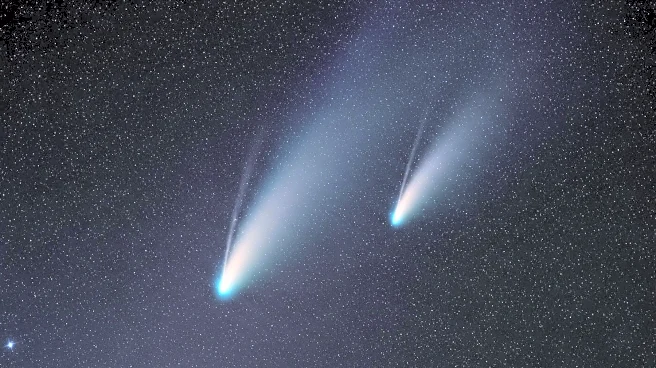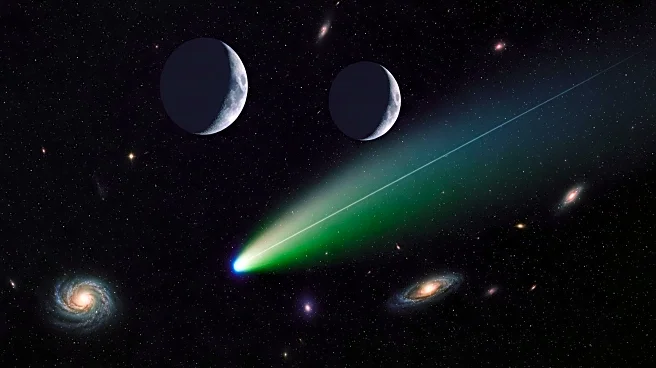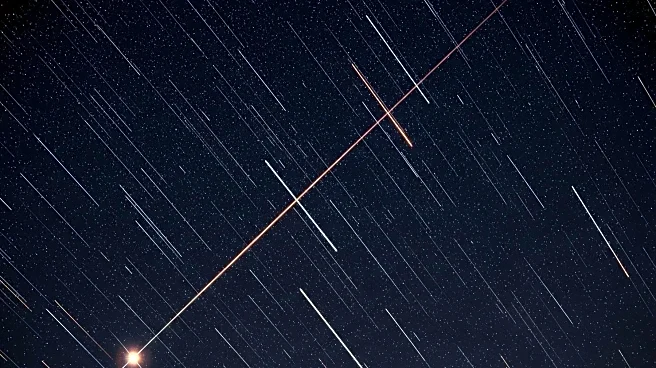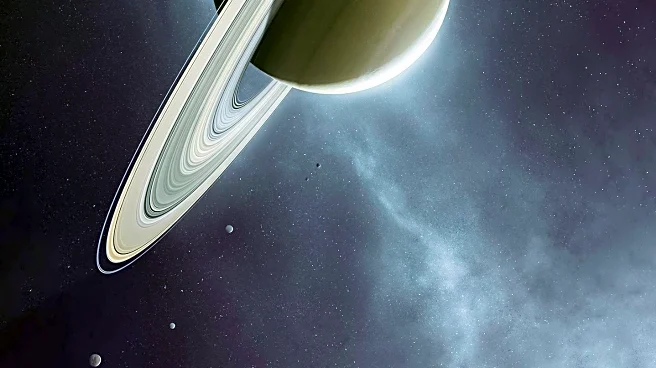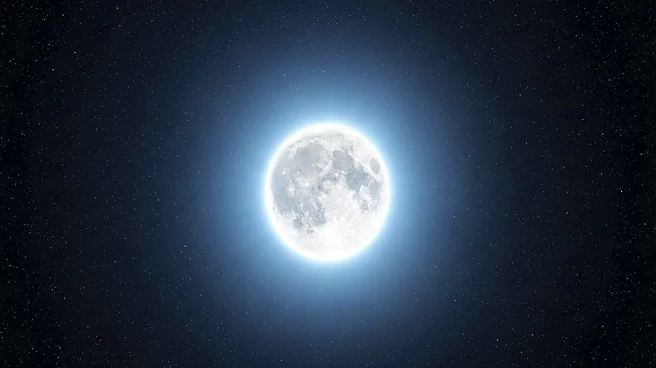What's Happening?
Astronomy enthusiasts are encouraged to observe the globular cluster M22, located near the Sagittarius constellation's Teapot asterism. M22 is one of the closest globular clusters to Earth, containing approximately 70,000 stars. Despite the presence of a full moon, M22 remains visible due to its brightness. Observers can use binoculars or telescopes to view this ancient cluster, which is situated 10,000 light-years from Earth. The cluster's proximity enhances its visibility in the night sky.
Why It's Important?
Observing M22 offers a chance to explore one of the closest globular clusters to Earth, providing insights into stellar evolution and the structure of our galaxy. This event highlights the importance of dark sky conditions for astronomical observations. It also emphasizes the role of amateur astronomers in contributing to scientific knowledge through observation and documentation of celestial objects.
What's Next?
Skywatchers are advised to look for M22 in the southwestern horizon during the early evening. The full moon may affect visibility, but the cluster's brightness should still allow for observation. Astronomy enthusiasts can use this opportunity to explore other celestial objects in the Sagittarius constellation and deepen their understanding of the night sky.
Beyond the Headlines
Observing globular clusters like M22 provides valuable data on the age and composition of stars, contributing to our understanding of the Milky Way's formation and evolution. These observations can inform scientific models and theories about the universe's history and development.




